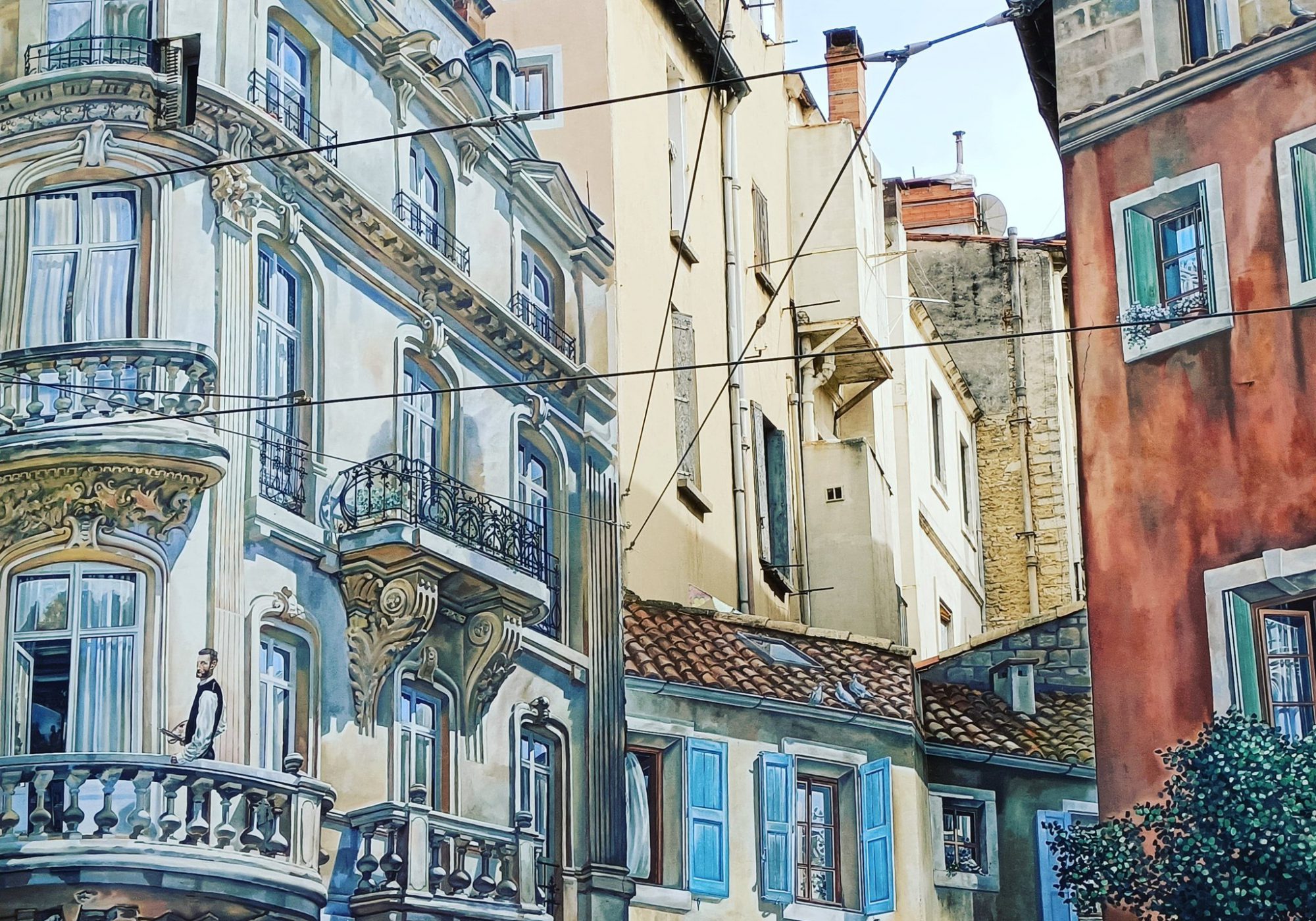De zon staat hoog boven Frankendael in de Watergraafsmeer op deze woensdagmiddag in juni.. In dit mooie stadspark ligt restaurant De Kas, waar het restaurant in kassen hun eigen groente kweken. Voor op de menukaart,
Op deze mooie locatie schoof Gereons Keuken Thuis aan voor een bijzonder middag. De presentatie van een bijzonder boek door een stralende schrijfster. My New Roots van Sarah Britton, Canadese met een blog, http://mynewroots.org/site/ waar vele blogschrijvers van dromen. Niet alleen in styling, recepten, maar ook in aantallen volgers. Sarah volgde een opleiding aan het Instituut voor Holistische Voeding. Ik ga niet uitleggen wat dat is, dat valt buiten deze recensie. In ieder geval was de schrijfster van dit kookboek er zo vol van dat zij tegen haar toenmalige partner niet uitgepraat raakte over deze manier van voedingsleer. Hij stelde voor, dat ze er over ging bloggen en de rest is history, net als deze relatie.
Nogmaals gooide de dame het roer om en belandde in Kopenhagen, stad midden in de natuur. Zij ging werken in een vegetarisch restaurant, waar ze heel wat mooie kneepjes van het vak leerde. Zoals iets zuurs toevoegen aan een soep. Sarah Britton beschrijft dit als de heilige drie eenheid in haar recepten.
Duidelijk werd dat er een boek moest komen, geïnspireerd op haar vegan lifestyle, maar zonder het gezondheids wijsvingertje, dat je tegenwoordig veel hoort en leest. En ze is daar in geslaagd. Meer nog tijdens deze presentatie op deze mooie zomermiddag in Amsterdam.
Als een stralend zonnetje nam Sarah het woord en vertelde over haar ervaringen met plantaardig eten, haar alternatieven, want daar staat het boek vol mee. Sarah is een kunstenares in smaken. En een ontdekkingsreizigster. Ze ontleedt wat de natuur per seizoen brengt en maakt er mooie gerechten mee, zowel op het plaatje maar ook in de smaak. Bijvoorbeeld haar avocado ijs deze middag met rauwe chocola. Puur, eenvoudig en vol smaak.
My New Roots start met essentiële technieken, zoals peulvruchten en granen koken. Zelf ghee, geklaarde boter maken. Noten- en zadenmelk, pasta, kiemen. Alles wordt duidelijk uitgelegd met verklarende tekens voor vegetarisch en vegan.
Dan komt de LENTE, met freekehburgers met snijbiet, lentekoolbladeren met couscous en ingemaakte meiraap. Elk recept wordt ingeleid met een korte uitleg,
We gaan naar het tweede en derde seizoen. Vroege en late ZOMER. Hierbij legde Sarah aan de aanwezigen uit dat deze tweedeling van belang is gezien de totaal verschillende producten uit de natuur aan het begin en einde van dit seizoen. Een pecannoten-crunch met bruine rijstsuikersiroop. Zuring-hoemmoes, die we proefden tijdens de bijeenkomst. Wat heerlijk zuring en overal wild te plukken. Speltpizza’s.
De later ZOMER breng andere smaken. De zomerzon heeft zijn best gedaan op fruit, dat volop te verkrijgen is. Voor kokosmelkpudding met blauwe bessen. Explosief courgette-maisbrood. En de uitvinding van Sarah: een BLT sandwich met homemade kokosspek. Zij noemt het letterlijk spekkie voor je bekkie!
De HERFST heeft andere kleuren en geuren, zoals pain bagnat met een vega-tonijnsalade. De vanille roos appelcider, die we proefden. Fris en niet zoet! En wat te denken van een chocolade chili met tien specerijen.
Het jaar is rond met WINTER, gegrilde grapefruit, cranberry wortelcake en coquilles van prei. Wat een trukendoos vol natuur in gerechten.
Sarah Britton sluit het boek af met tips voor je voorraadkast.
My New Roots is een avontuurlijk boek over koken met producten, die de natuur je biedt. Zonder ergens wijsvingerig te worden over gezondheid etc. Want daaraan heeft Gereons Keuken Thuis een broertje dood. Sarah Britton is een creatieve en onderzoekende kok. Dit komt in alles naar voren in het boek. Zij schuwt het experiment niet. Gaat voor smaak. Allemaal punten, die dit boek met kop en schouders boven andere vegan/vegetarische kookboeken laat uitsteken. Well done! En in Gereons Keuken Thuis staat er nu weer een werk waar ik behoorlijk wat keukenvlijt en ideeën uit kan putten. (misschien wel met toevoeging van wat vlees of een dash tequila in het avocado-ijs maar dat terzijde)
My New Roots van Sarah Britton (ISBN 9789045211718) is een uitgave van Karakter Uitgevers, karakteruitgevers.nl en is te koop voor € 24,99
A propos: Wil je Sarah Britton zelf ontmoeten, ga dan zaterdag 13 juni naar Haarlem, @boekhandel de Vries, waar zij van 12.00 tot 14.00 uur haar boek signeert.















